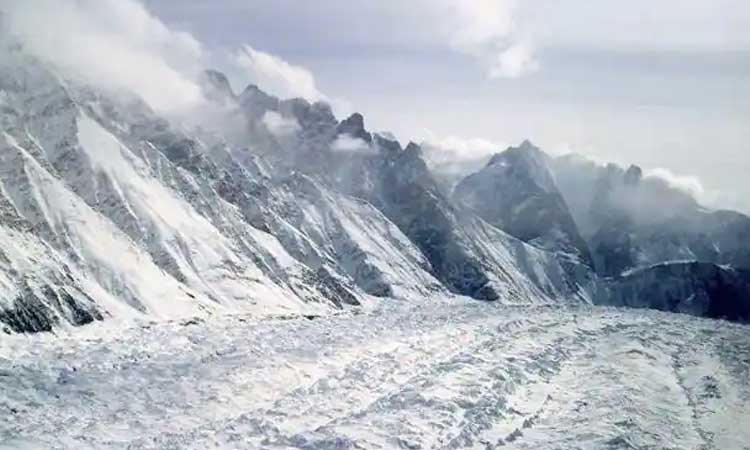
The Ramification of melting of glaciers on humans and wildlife
In the recent past, scientists have discovered an alarming rate of glaciers melting. Even though glaciers are reported to be the source of the freshwater available globally, the concern is the current melting ice pouring into the sea. Glaciers act as reservoirs of water that persist through summer. Continual melt from glaciers contributes water to the ecosystem throughout dry months, creating perennial stream habitat and a water source for plants and animals. In this article, we try to give ample information to the readers to enhance their knowledge and understanding of the given topic.
The melting of the glaciers, a phenomenon that intensified in the 20th century, leaves our planet iceless. Human activity is the main culprit in the emission of carbon dioxide and other greenhouse gases. The sea level and global stability depend on how these great masses of recrystallized snow evolve. The rising temperature of the Earth has, without doubt, been responsible for the melting of glaciers throughout history. Today, the speed with which climate change is progressing might render them extinct in record time. This loss of ice has already reached 335 billion tonnes per year, 30% of the current rate of ocean growth. The United Nations signed the Paris Agreement in 2016, an international treaty designed to keep the average global temperature well below 2 degrees Celsius above pre-industrial levels.
Scientists have warned that the world is losing its ice fast. This intense melting of glaciers produces a significant ripple effect like extreme flooding and biodiversity loss, increased global warming, rising sea levels, and less freshwater. Many aquatic species in mountainous environments require cold water temperatures to survive. Some aquatic insects--fundamental components of the food web--are susceptible to stream temperature and cannot survive without the cooling effects of glacial meltwater. Such changes in stream habitat may also adversely impact native trout and other keystone salmon species. The economic costs of melting ice glaciers affect the whole world. According to a temperature analysis conducted by scientists at NASA’s Goddard Institute for Space Studies, the average global temperature on the Earth has increased by about 0.8 degrees Celsius since 1880, the earliest year for which reliable instrumental records are available worldwide.
Our globe is under new dramatic environmental pressure: our globe is warming, our ice caps melting, our glaciers receding, our coral is dying, our soils are eroding, our water tables falling, our fisheries are being depleted, our remaining rainforests shrinking. Something is very, very wrong with our eco-system.- Richard Lamm
Some ideas and proposals for how we can help achieve this goal are discussed here- (1) Stop climate change- it is indispensable that global CO2 emissions be reduced by 45 % over the next decade and fall to zero after 2050. (2) Slow down their erosion- The scientific journal Nature suggested building a 100-meter-long dam in front of the Jakobshavn glacier (Greenland), the worst affected by Arctic melting, to contain its erosion. (3) Combine artificial icebergs- collecting water from melted glaciers, desalinating it, and refreezing it to create sizeable hexagonal ice blocks. (4) Increase their thickness- collecting ice from the glacier through pumps driven by wind power to spread it over the upper ice caps so that it will freeze, thus strengthening the consistency.
As a wastewater manufacturer, we were hoping you could adopt these simple steps to curb the problem at an initial level. Take a shower instead of a bath. Turn off the water while soaping or brushing your teeth. Wash your dish immediately after eating- it will take less water than later when you have to scrape off dried food debris. Do not buy bottled water if you are sure that the tap water is safe to drink. If not sure then install a water filter. These seemingly little things make a significant impact if they are done on a large scale, and they’ll go a long way toward reducing your carbon footprint and saving the glaciers. For installing water filters, please reach us. We will be happily joining hands with you to protect Nature.
Glaciologists believe that we still have time to save the glaciers from their predicted disappearance despite the massive ice loss. According to my point of view implications are of even greater importance for the future generations that will inherit the legacy of the current actions or inaction. Climate change presents a significant and growing challenge to the Arctic and the world as a whole. A decisive near-term effort to reduce emissions is required to alter the future path of human-induced warming. Action is also needed to begin to adapt to the warming that is already occurring and will continue. As a concluding statement the first Arctic Climate Impact Assessment provide a scientific basis upon which decision-makers can consider, craft, and implement appropriate actions to respond to this critical and far-reaching challenge.
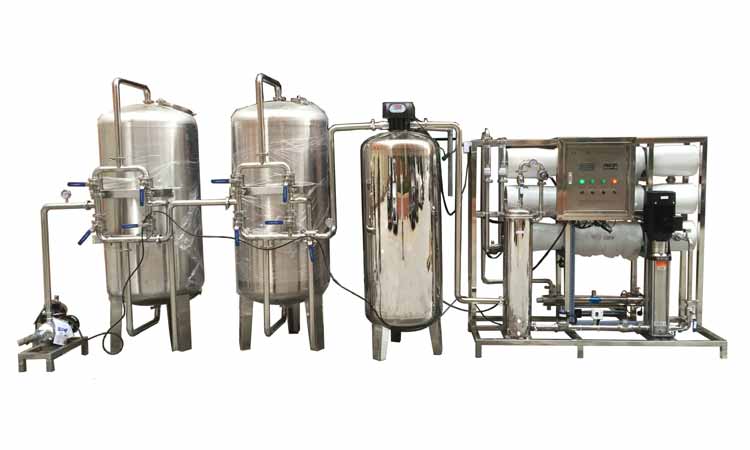
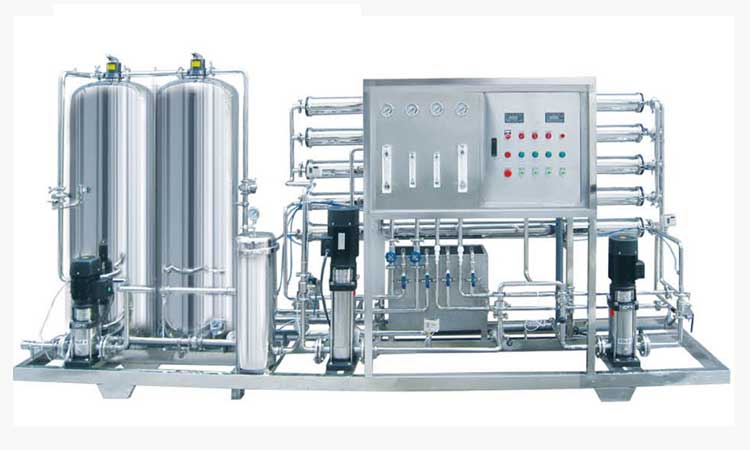
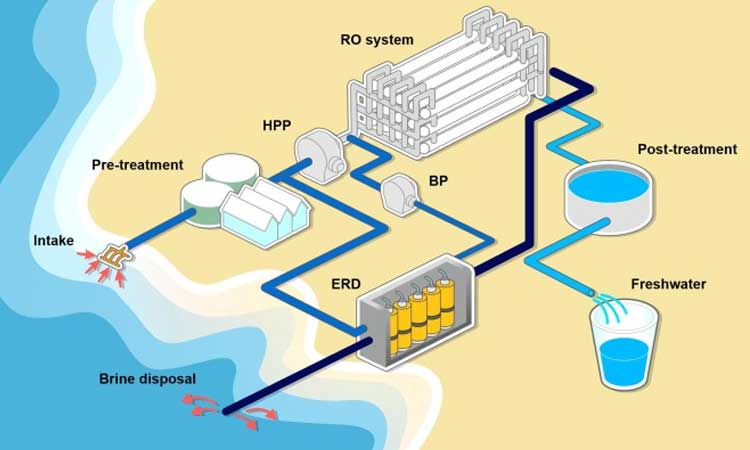
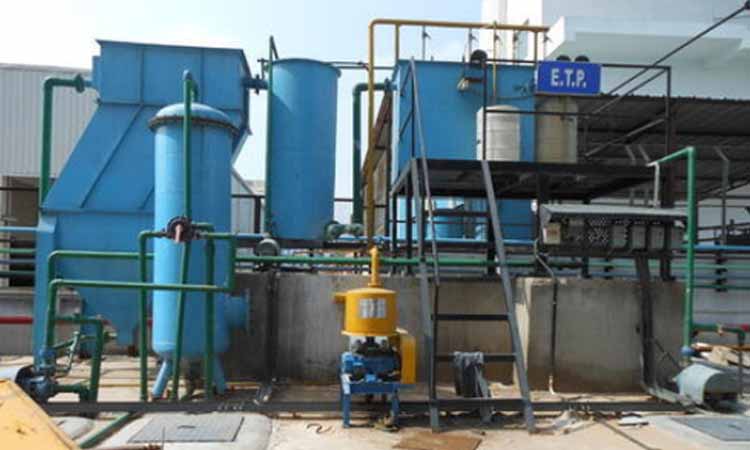
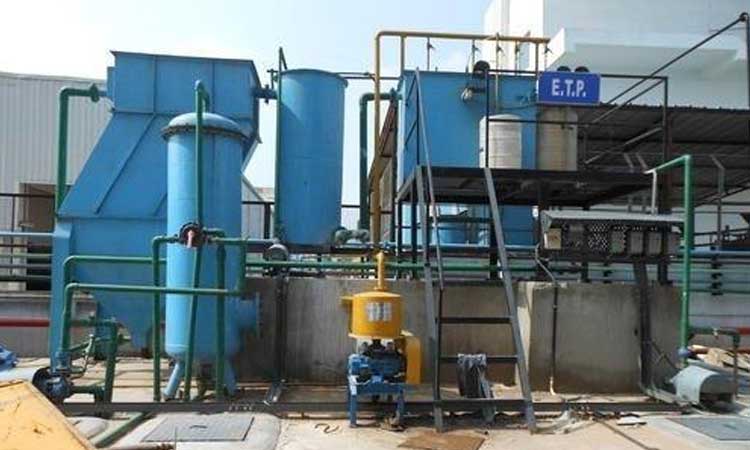
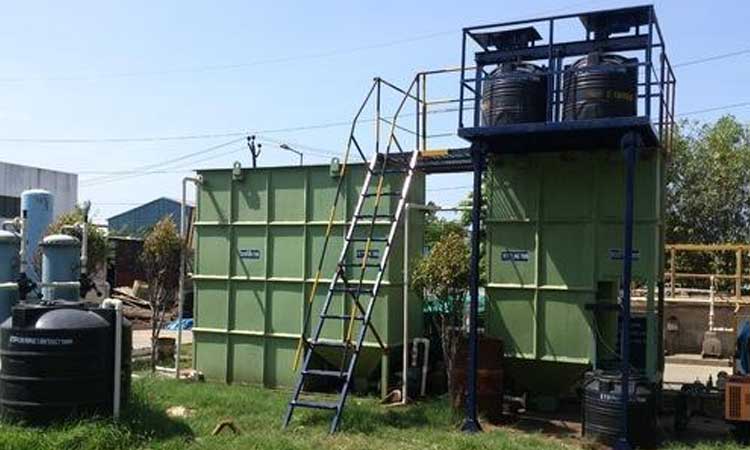
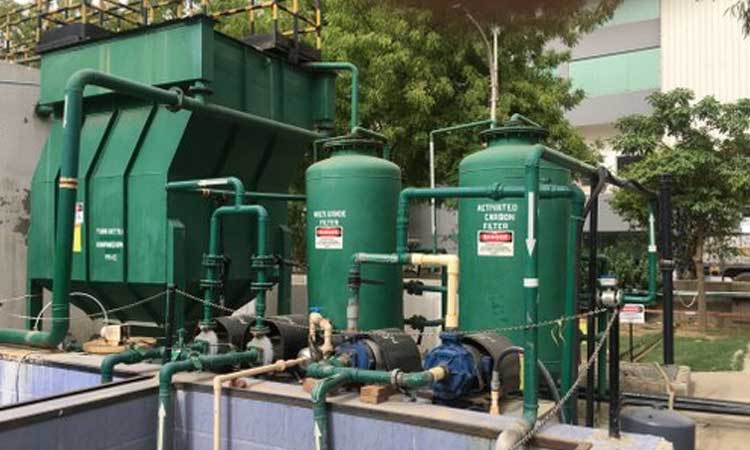

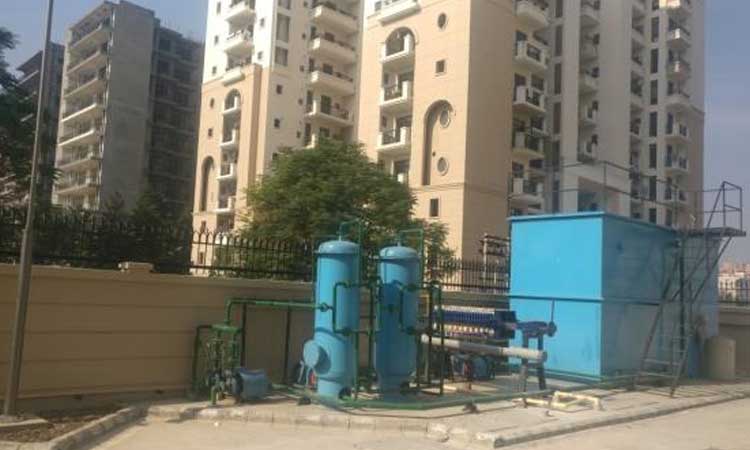
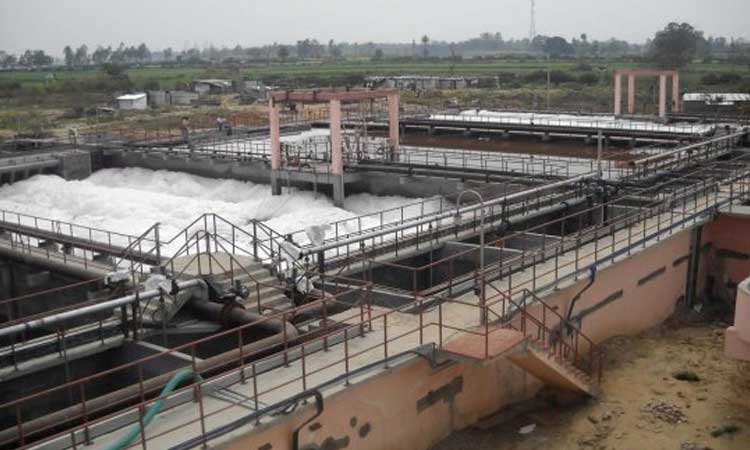
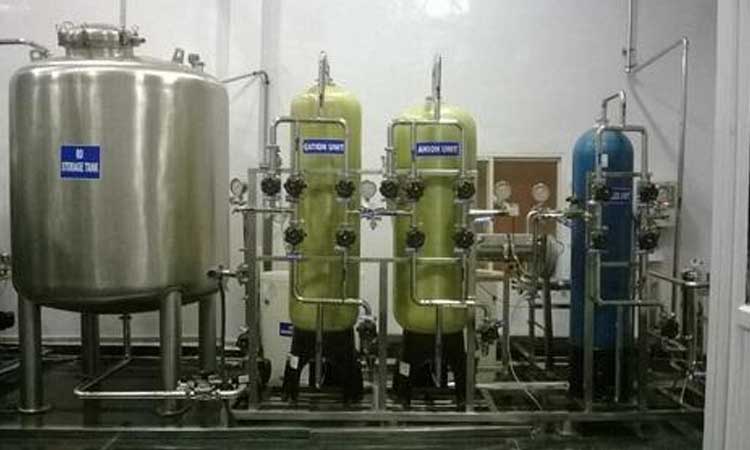

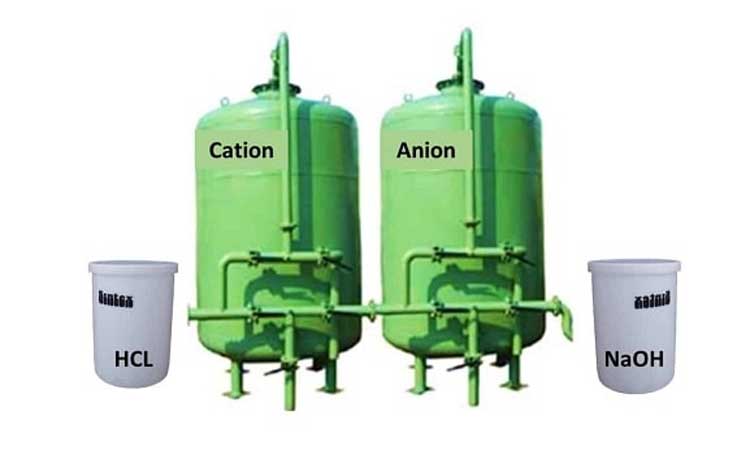

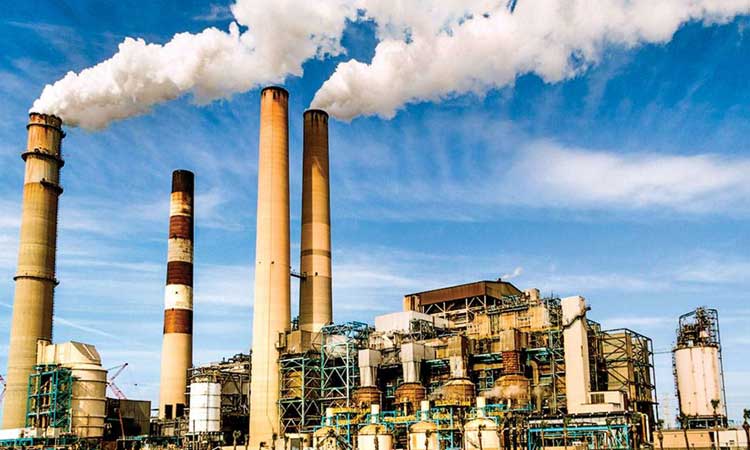
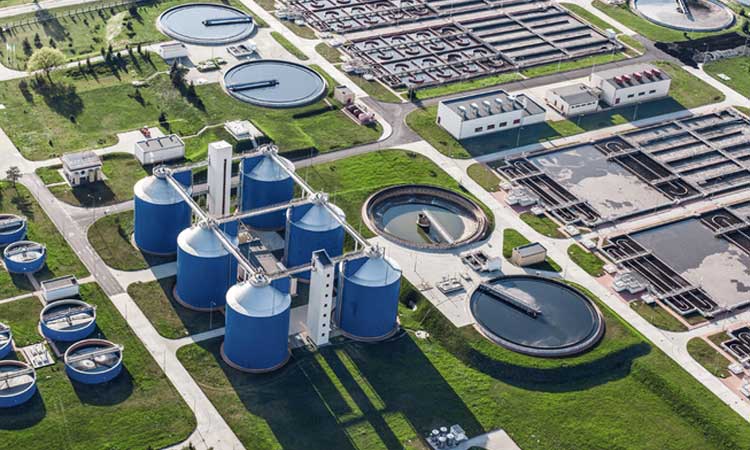

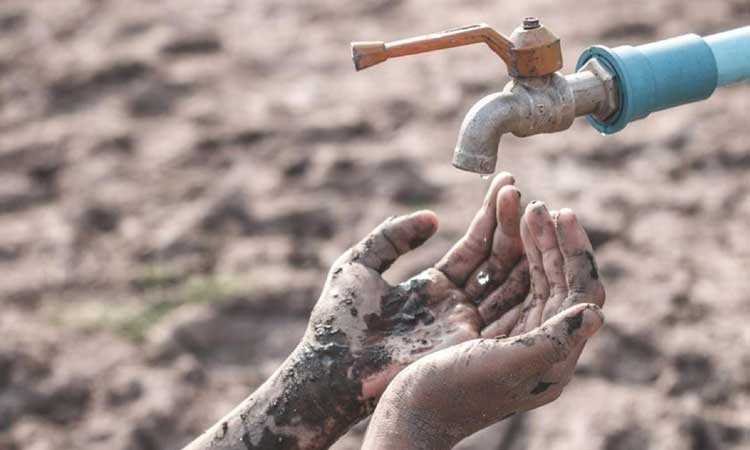
Comments
If we moved from industrialized agriculture to re-localized organic agriculture, we could sequester about one quarter of the carbon moving into the air and destroying our glaciers, oceans, forests and lands.
It seems kind of obvious, but lower temperatures is what is needed to stop the melting of glaciers.Unfortunately, lower temperatures are only possible over the long term and only if humanity acts quickly and decisively to reduce greenhouse gas emissions in the near term. Given the historical background and political landscape, it seems unlikely that significant steps will be taken.
There are so many factors responsible for melting of glaciers- Global warming, Carbon dioxide emissions, Ocean warming. But to combat it, we can Avoid major climatic changes, Slow down erosion, avoid cutting forests, prevent global warming by using alternative energy solutions. Using public transportation or carpool, bicycle and walking.